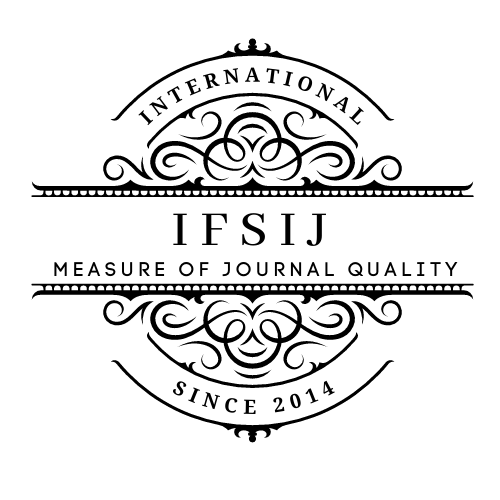ANALYSIS OF COCOON SPINNING PROGRESSES
Keywords:
silk fiber, fibroin, Sericin, pepsin ,siysium bicarbonate, breed and hybrid, cocoon shell, steamer, dry cocoon, Los floor, continuous length of fiber, linear density of fiber.Abstract
The cocoon silk that separates silkworms is made up of two fibers that are evenly and very tightly connected to each other. Each silk fiber is made of true silk - fibroin and the adhesive that wraps the fibroin in a thin layer - sericin. Due to the presence of sericin, the cocoon shell not only mechanically protects the silkworm, but also regulates the temperature and humidity inside the cocoon. In cocoon factories, the cocoon is melted by evaporating and boiling it in water before spinning the silk. Otherwise it will be difficult to find the single end of the cocoon and spin the raw silk. In the experiment, the use of ordinary water and calcium carbonate solution when using 50 mg/l solution of "pepsin" in the dissolution of Sericin in the shell of the cocoon in the process of flaking silk from the cocoonganga the relative flaking of silk from the cocoon, the output of raw silk, the total length of the cocoon from one cocoon to
Downloads
Published
Issue
Section
License

This work is licensed under a Creative Commons Attribution-NonCommercial-NoDerivatives 4.0 International License.















